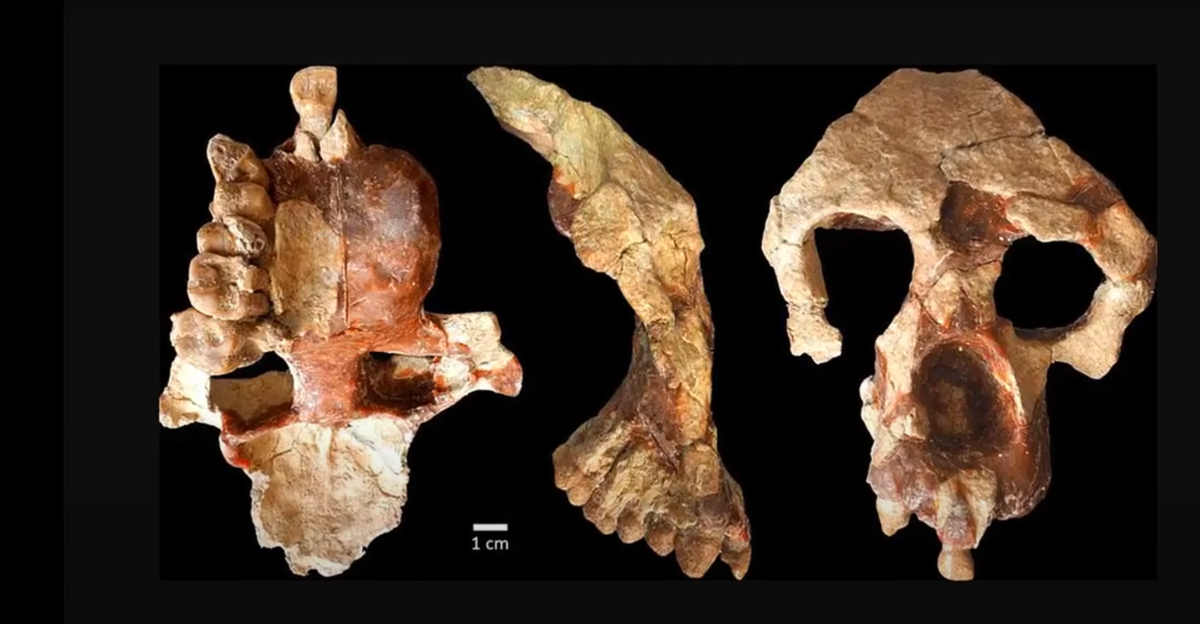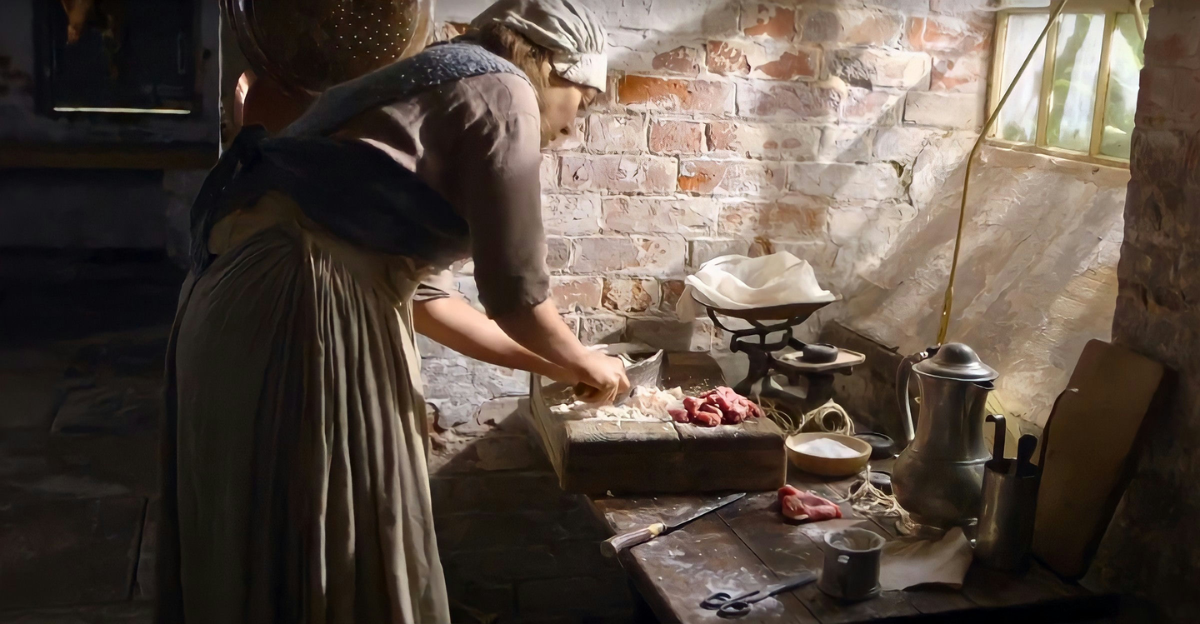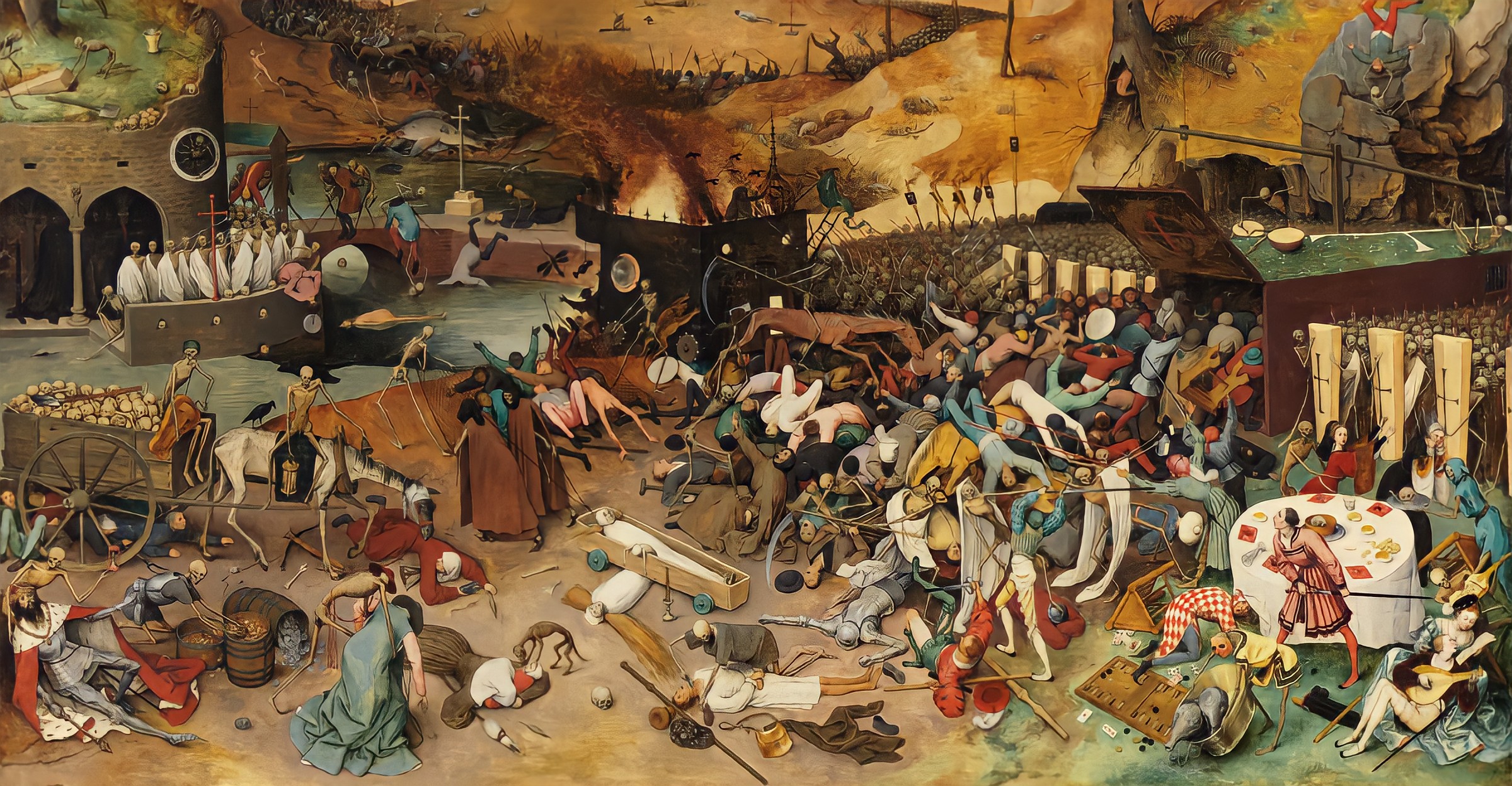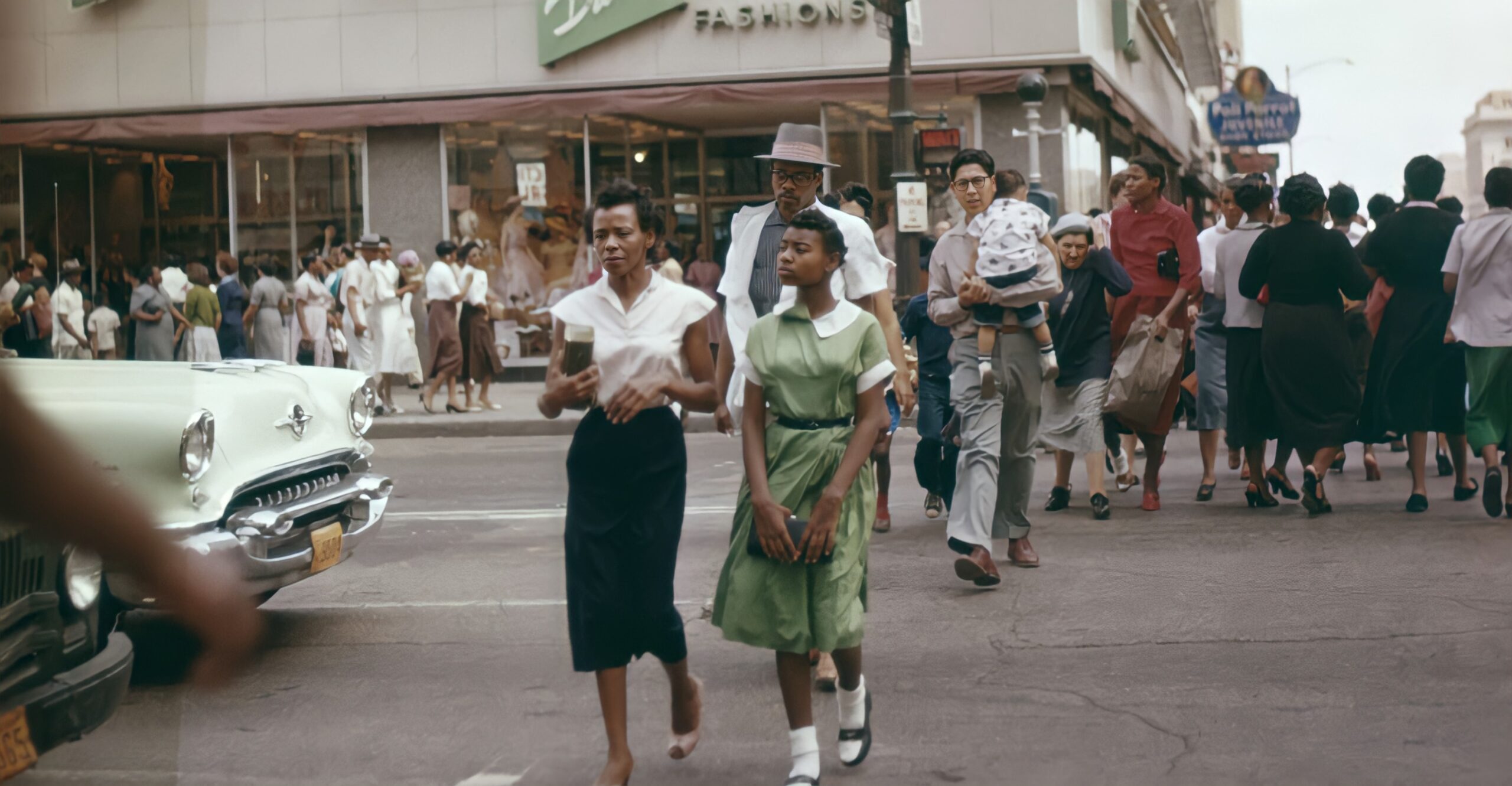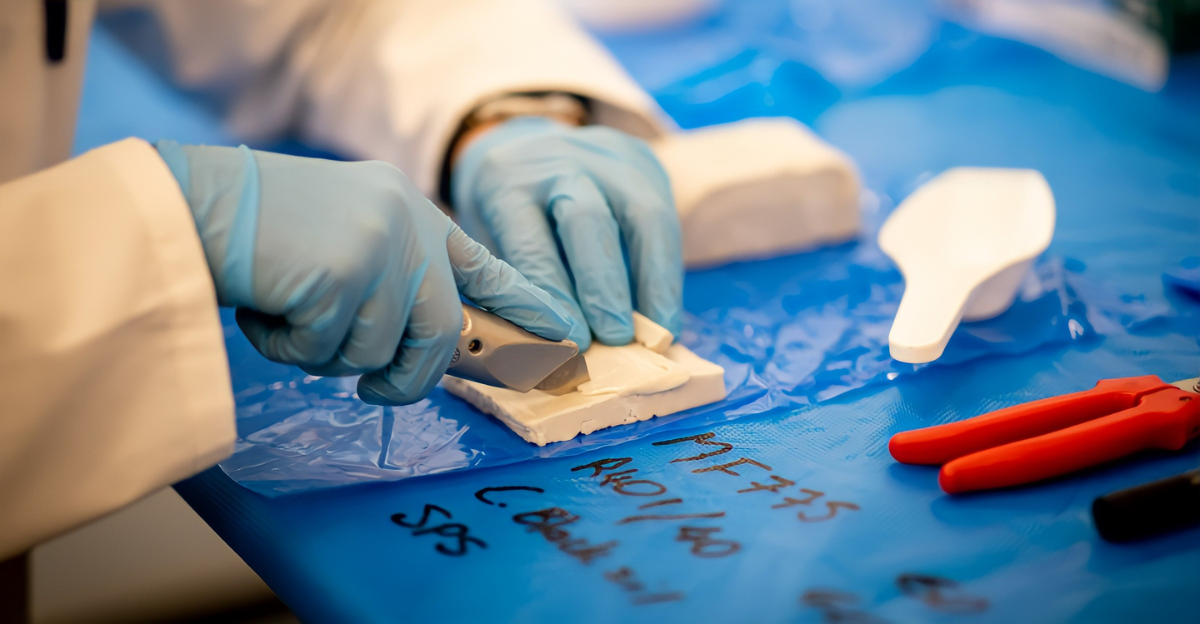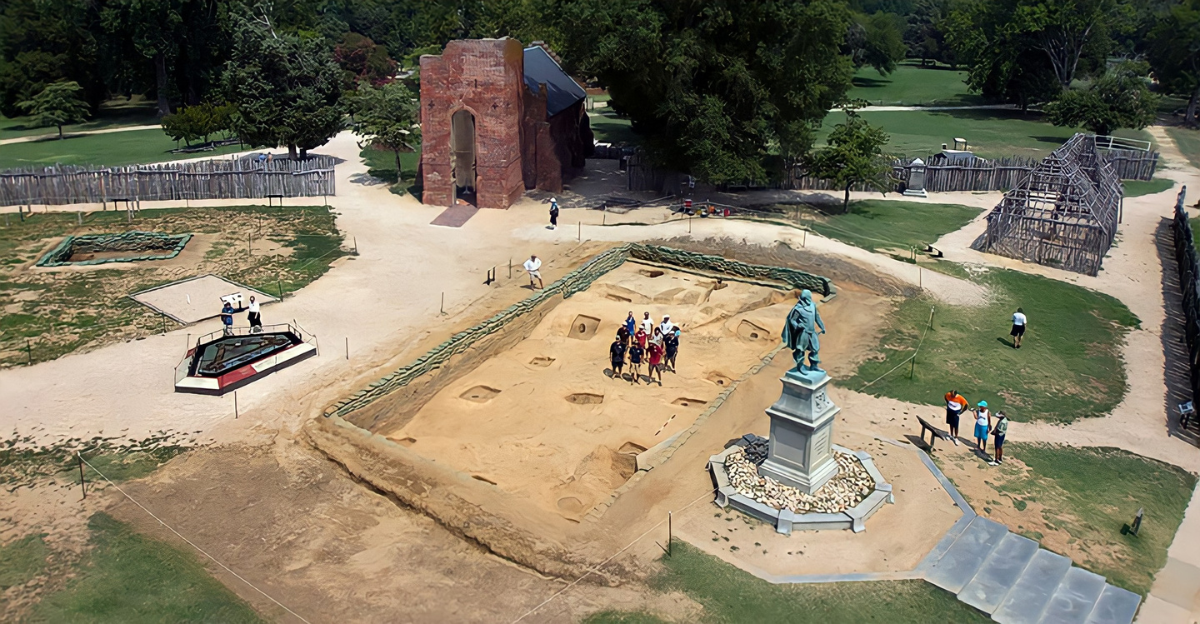
For centuries, the graves beneath Jamestown’s early church lay undisturbed, their occupants’ identities shrouded in mystery. Archaeologists always suspected these burials held significant figures from the colony’s early days, but the truth remained a mystery.
Now, a new investigation sparked by a breakthrough in ancient DNA (aDNA) analysis, the secrets beneath the church’s chancel have begun to be revealed.
The question on everyone’s mind: who were these individuals and what stories did their bones have to tell? As scientists prepared to dig deeper, the stakes for rewriting American colonial history had never been higher.
A Surprising Start
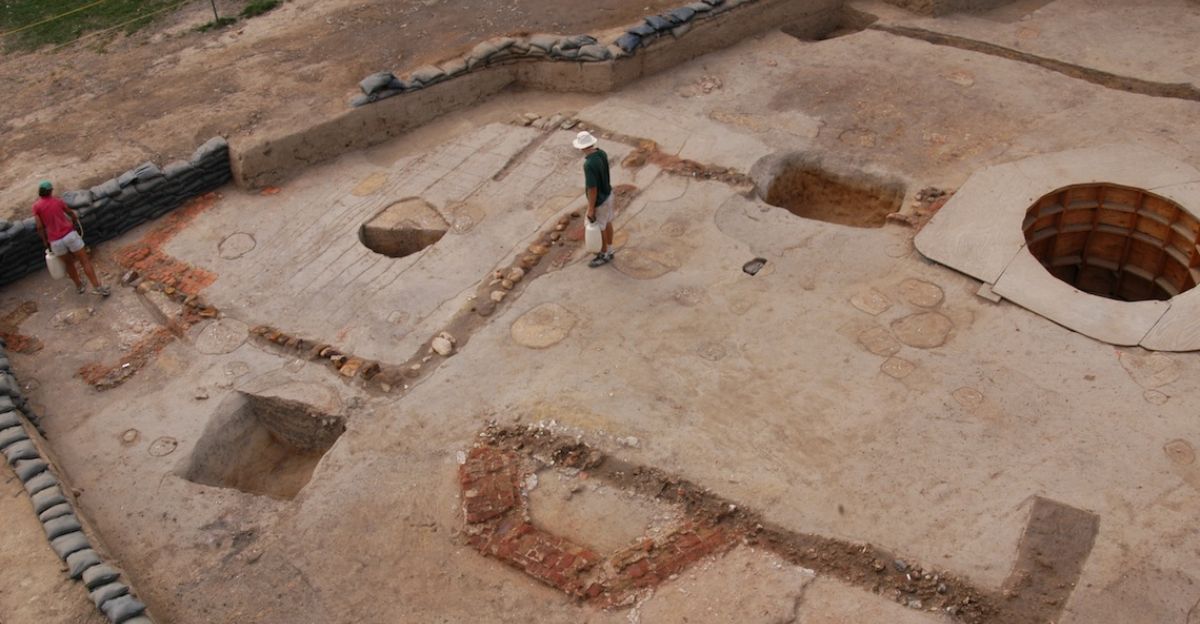
The first surpise came when geneticists from Harvard’s Reich Lab managed to extract usable DNA from the centuries-old remains. Jamestown’s humid climate meant that DNA preservation was unlikely, so the successful sequencing itself was a scientific triumph.
The researchers began by comparing the genetic signatures in the two skeletons, labeled JR2992C and JR170C, against a vast database of European and Near Eastern populations.
The results pointed unmistakably to Western European ancestry, verifying that the remains were men who would indeed be from the English elite—just as the prominent burial location had suggested.
High-Status Graves, High-Profile Lives
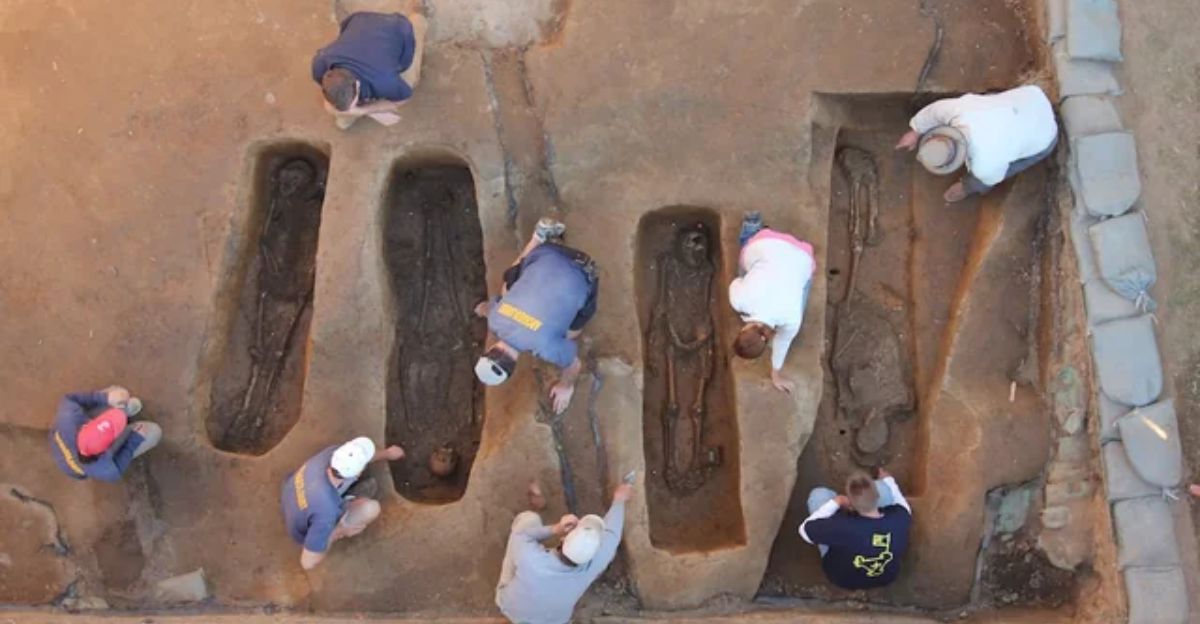
Why were these men buried so close to the church altar? In 17th-century Jamestown, such an honor was reserved for the colony’s elite.
Dr William Kelso, Emeritus Director of Archaeology at Jamestown Rediscovery, explained that these graves likely held individuals of immemnse social and political importance.
The revelation added urgency to the investigation: identifying these men could Illuminate the power structures and personal dramas that determined the fate of England’s first permanent settlement in the New World. The search for their names turned into a race against time and scientific uncertainty.
Familiar Names, Unfamiliar Stories
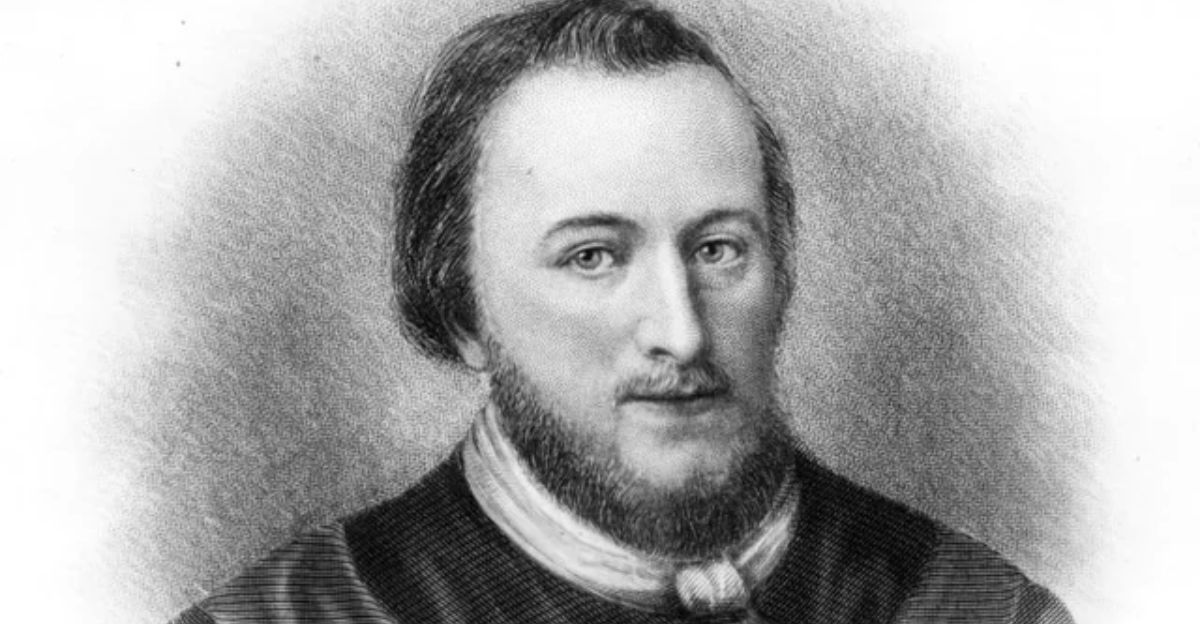
Historical records soon pointed to two likely candidates: Sir Ferdinando Wenman and Captain William West. Both belonged to the prominent West family, whose connections reached as high as Thomas West, the Third Baron De La Warr, Jamestown’s first governor.
The possibility that these skeletons might have once belonged to high-ranking leaders thrilled historians and archaeologists alike. But as the investigation deepened, it soon became clear that the story was about much more than just elite burials. The DNA results suggested a secret relationship that would challenges centuries-old assumptions.
The Science Behind the Discovery

What set this investigation apart was its innovative use of ancient DNA as a tool for historical identification. This was also the first time aDNA had successfully identified individuals at Jamestown, says Karin Bruwelheide of the Smithsonian Institution.
By examining mitochondrial haplogroups, traces of maternal lineage, the team was able to connect the two men in a manner written records never could.
Their genetic connection, combined with osteological analysis and burial context, provided a much more detailed view of colonial life and death than ever before.
A Family Secret Exposed
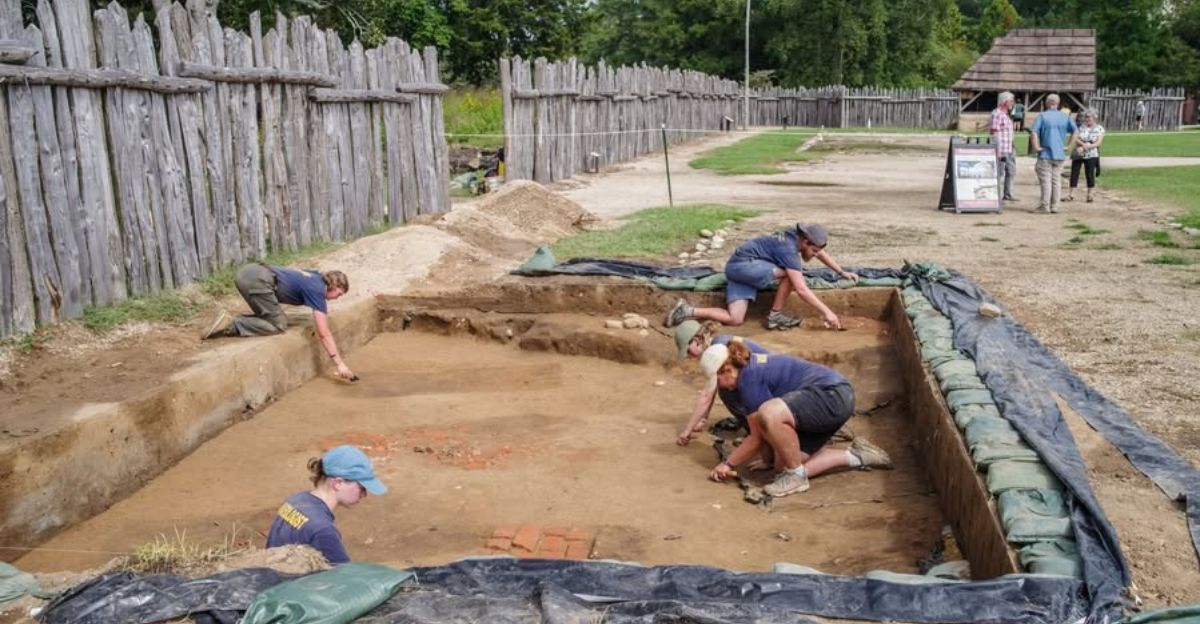
The most astonishing revelation came when researchers discovered that Wenman and West were related through their maternal line. This unexpected findings sent historians back to the archives, where they found a court case involving Captain West’s estate.
The documents strongly suggested that William West was the illegitimate son of Elizabeth, the aunt of Thomas West, who had never married.
In 17th-century England, illegitimacy was a scandalous secret — particularly for the nobility. The DNA evidence unearthed a family secret that official records had carefully concealed for centuries.
The Taboo of Illegitimacy
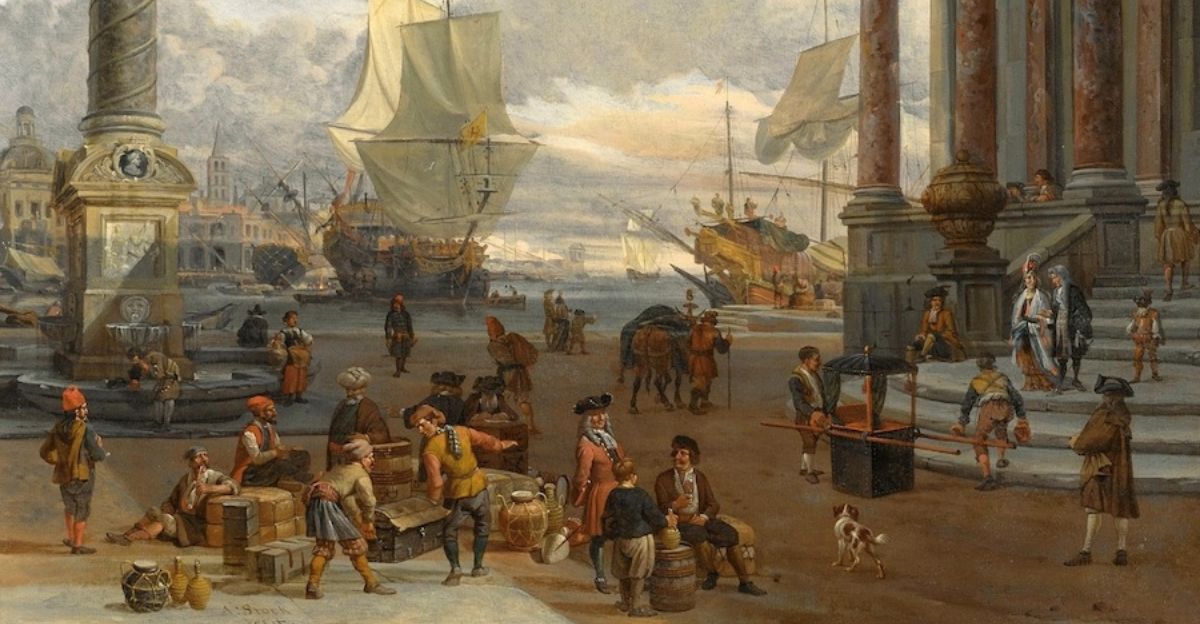
Illegitimacy in the 1600s was more than a personal embarrassment; it was a threat to inheritance, social standing and even political power. For a family as powerful as the Wests, such a secret would have been carefully concealed, omitted from family trees, and glossed over in public documents.
The discovery that William West was likely born out of wedlock casts new light on the dynamics of early colonial society.
It also highlights the power of genetic research to uncover truths history tried to erase — a reminder that the past is often more complicated than we imagine.
Scientific and Historical Collaboration

This groundbreaking study illustrates the impact of interdisciplinary research. Dr. Éadaoin Harney of Harvard noted, the combination of genetic, archaeological and historical methods allowed the team to reconstruct a story that no single approach could have uncovered alone.
Even with poor DNA preservation, the shared mitochondrial haplogroup ended up being a critical clue, leading researchers to the correct historical records.
The Jamestown case sets a new standard for how science and history can work to solve age-old mysteries and challenge established narratives.
Rethinking Colonial America
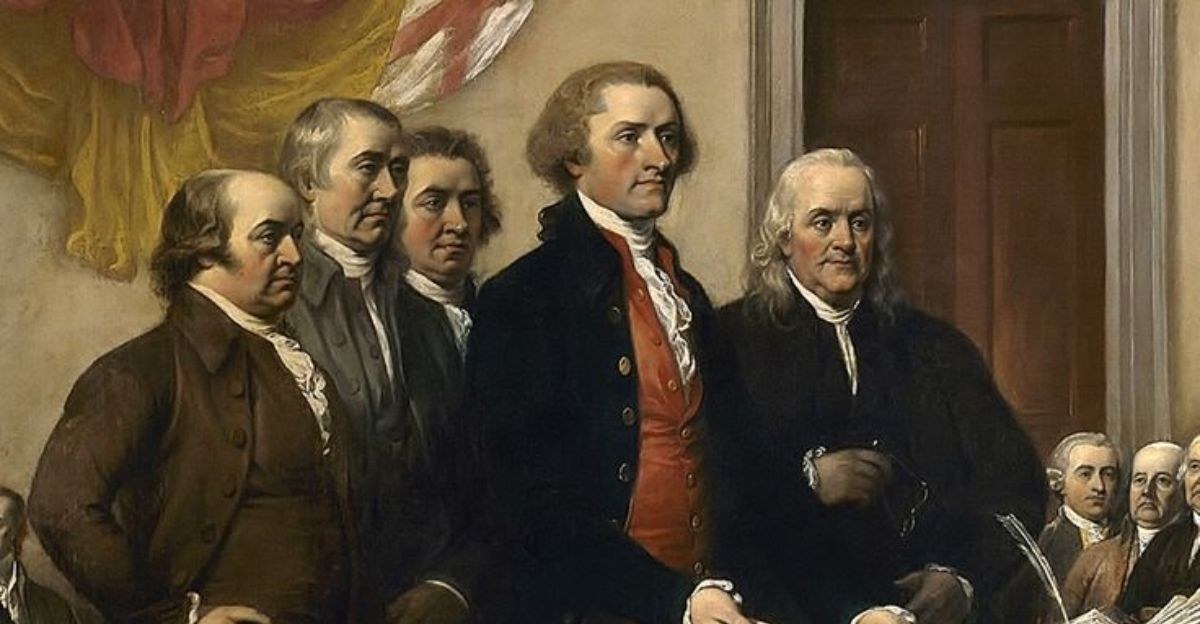
The implications of this discovery go far beyond two graves in Virginia. By exposing the hidden realities of family, status, and identity among the colonial elite, the study invites us to reconsider the foundations of early American society.
It demonstrates that even the most powerful families kept secrets, and that those secrets coulkd shape the coursse of history.
The successful use of ancient DNA at Jamestown now paves the way for similar investigations at other historic sites, promising a new era of discovery and reinterpretation in the study of the past.
What’s Next for Jamestown’s Secrets?
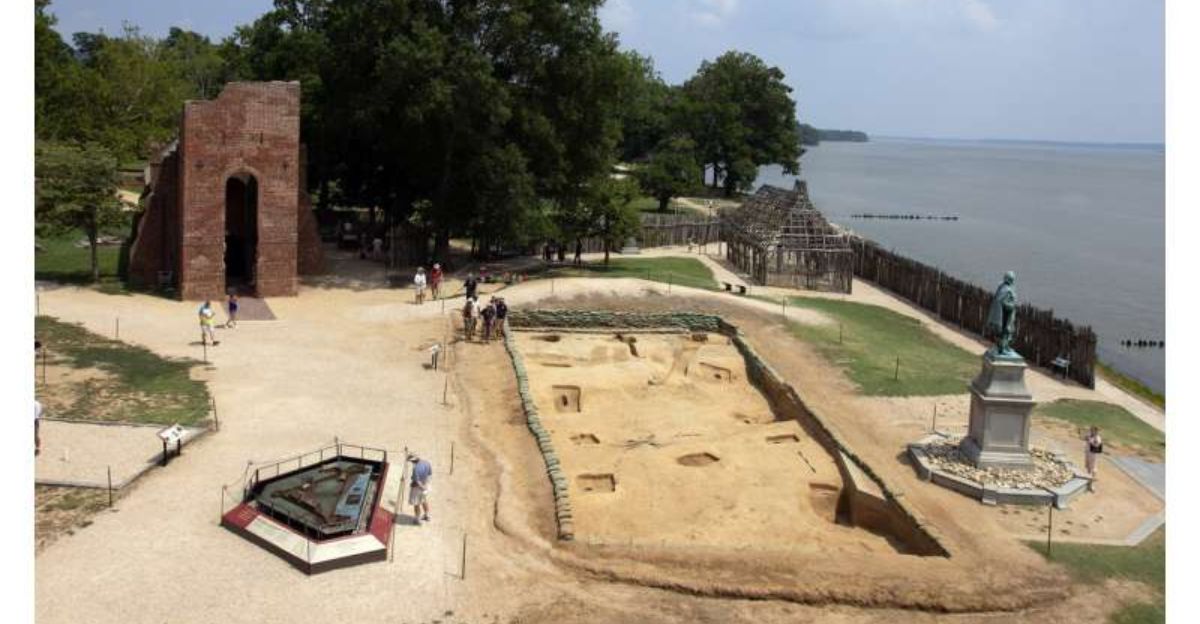
With this first genetic breakthrough, the investigation at Jamestown is only just beginning. Now, researchers hope to use these techniques on other remains to find more settlers and uncover more hidden stories.
Every new discovery has the potential to rewrite our understanding of America’s earliest days, challenging myths and revelaing the human dramas behind the history books.
As science continues to peel back the layers of time, one thing is certain: Jamestown’s ssecrets are only just beginning to surface, and the world is watching to see what will be revealed next.

